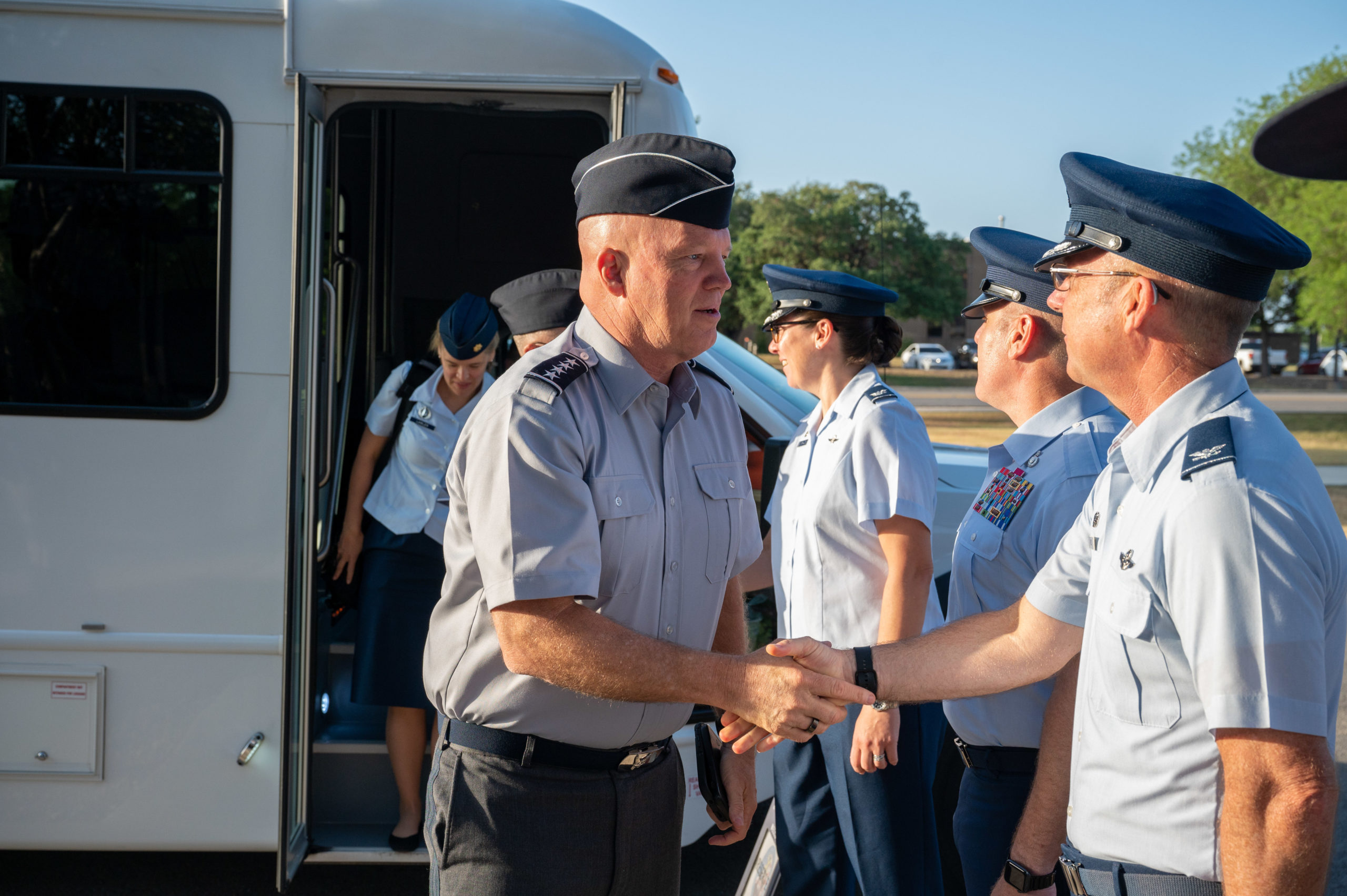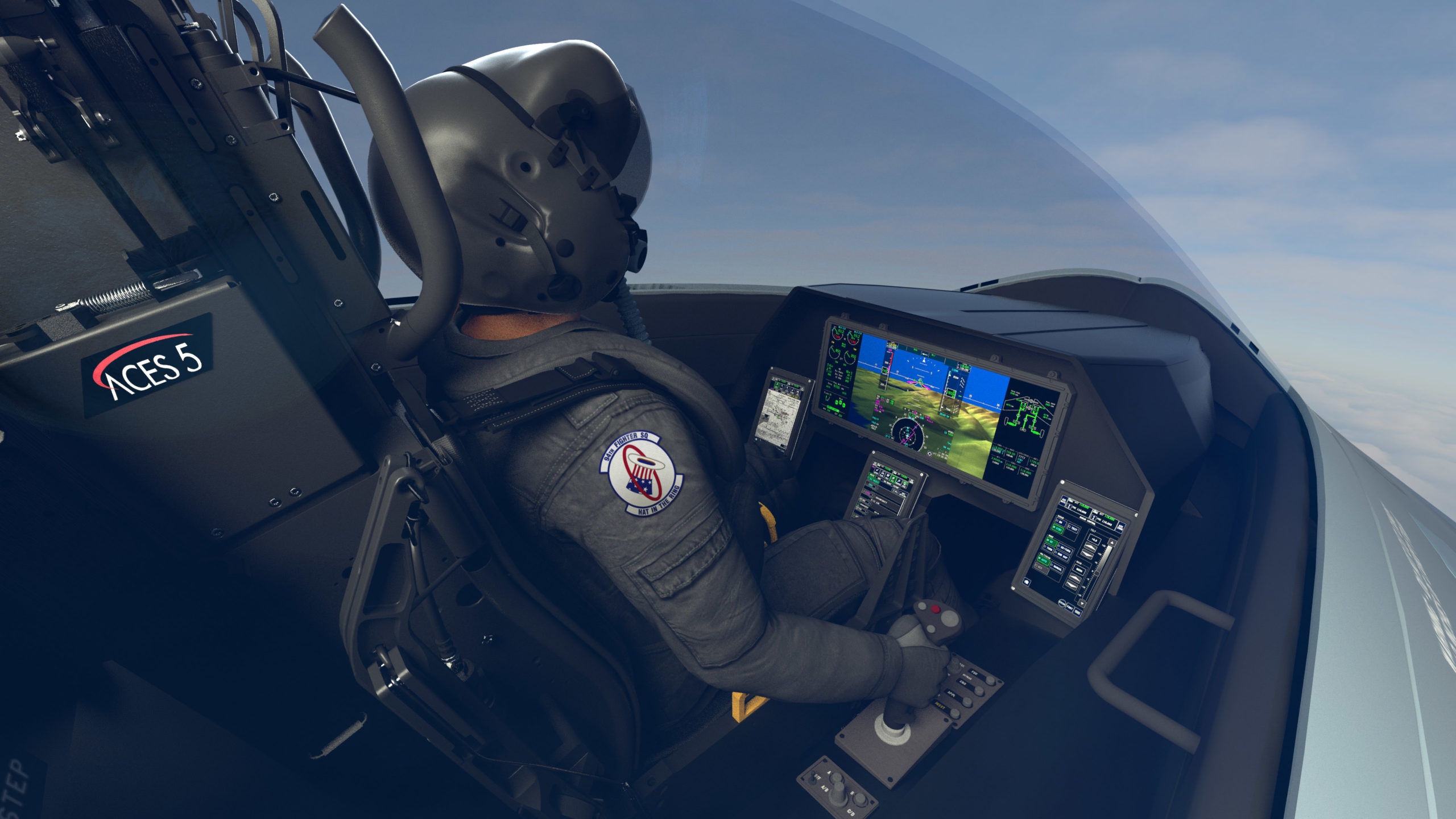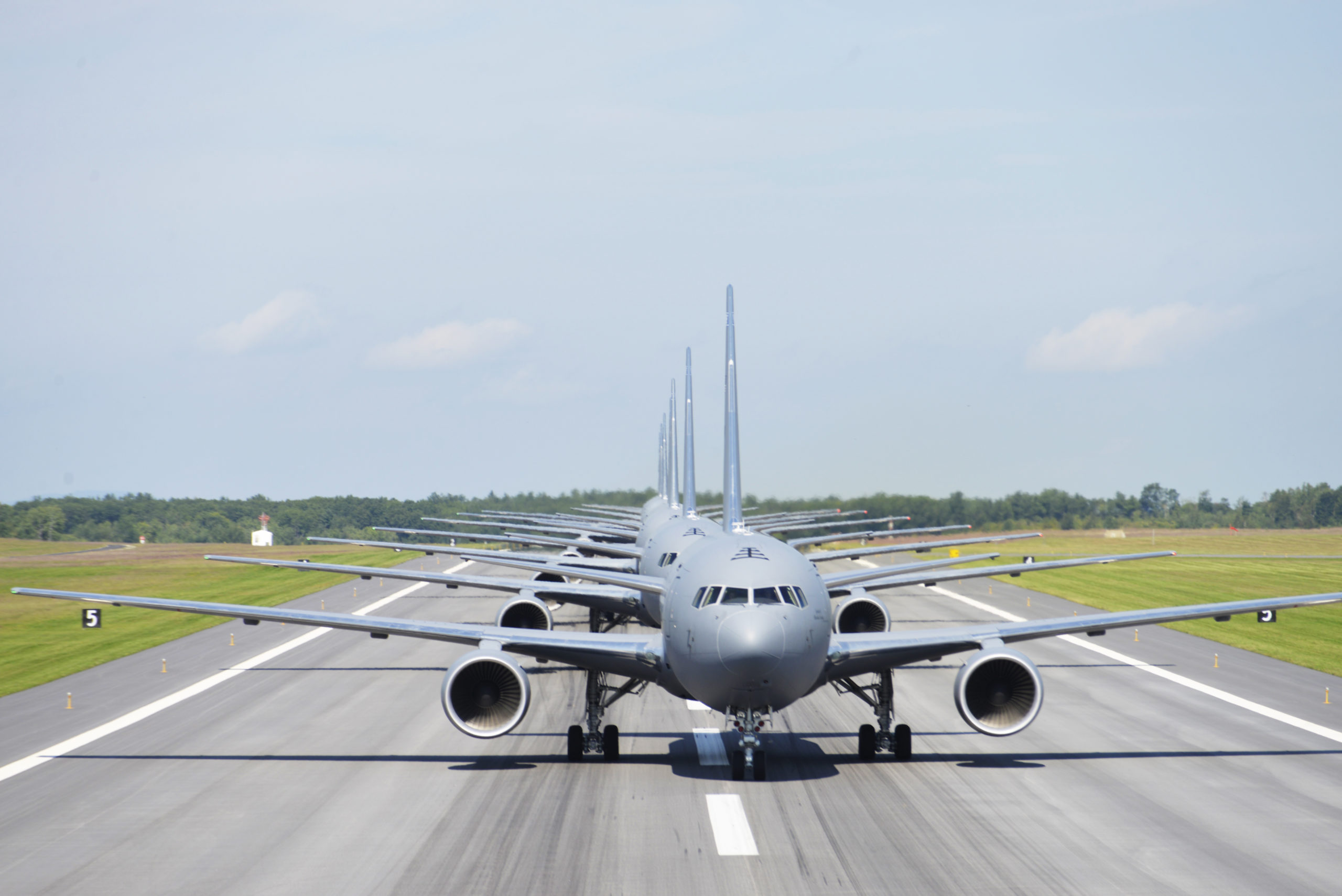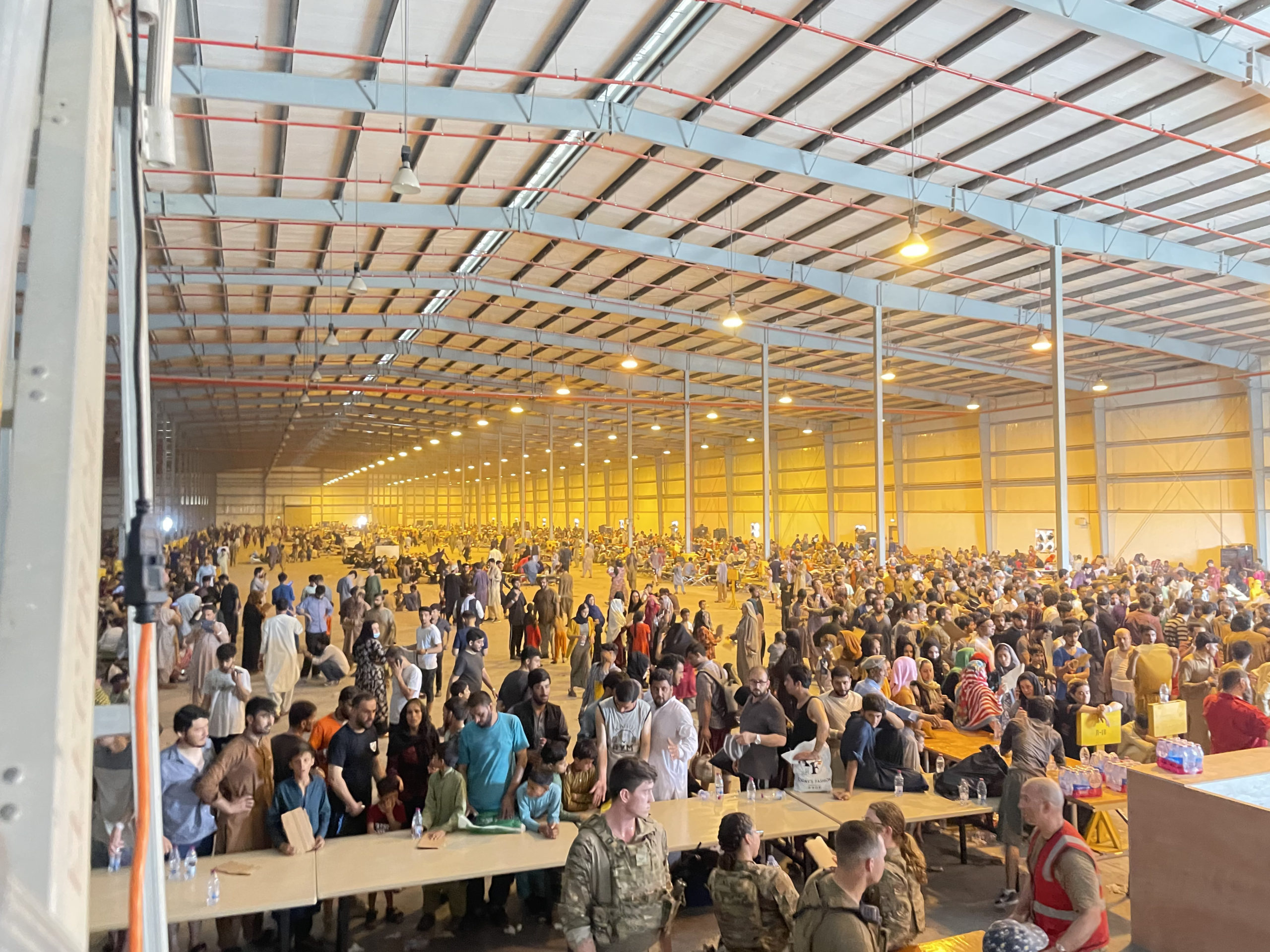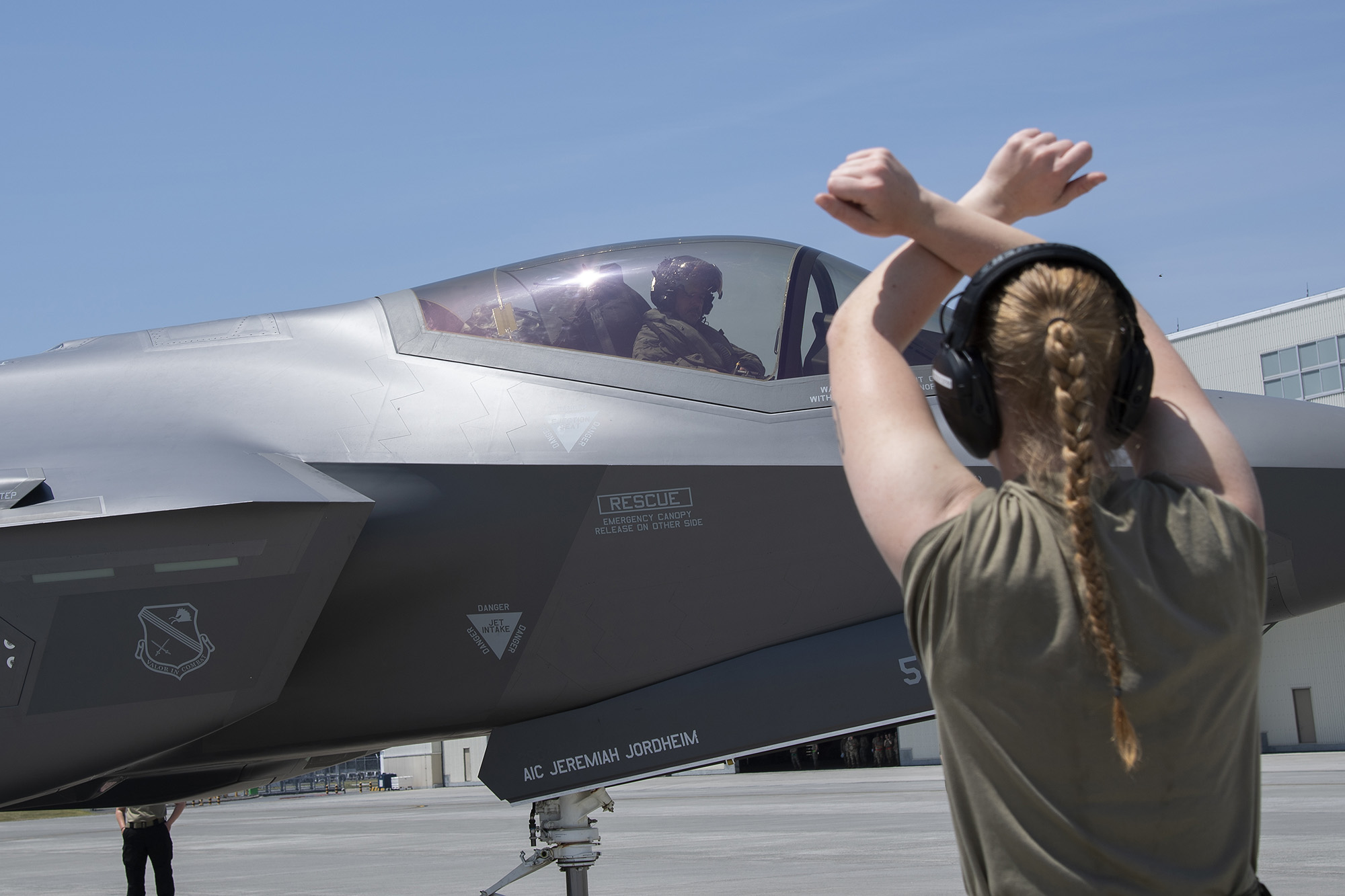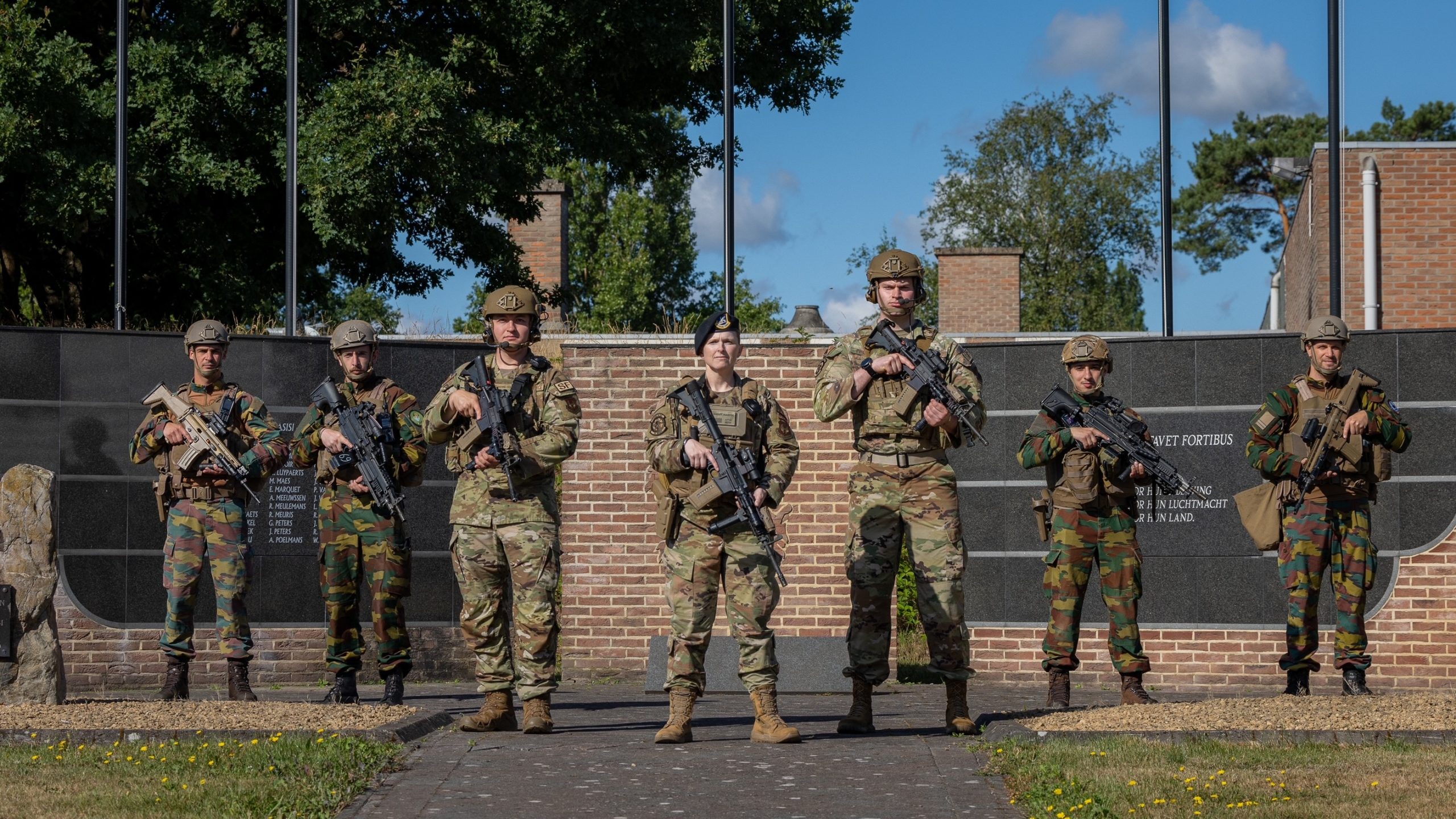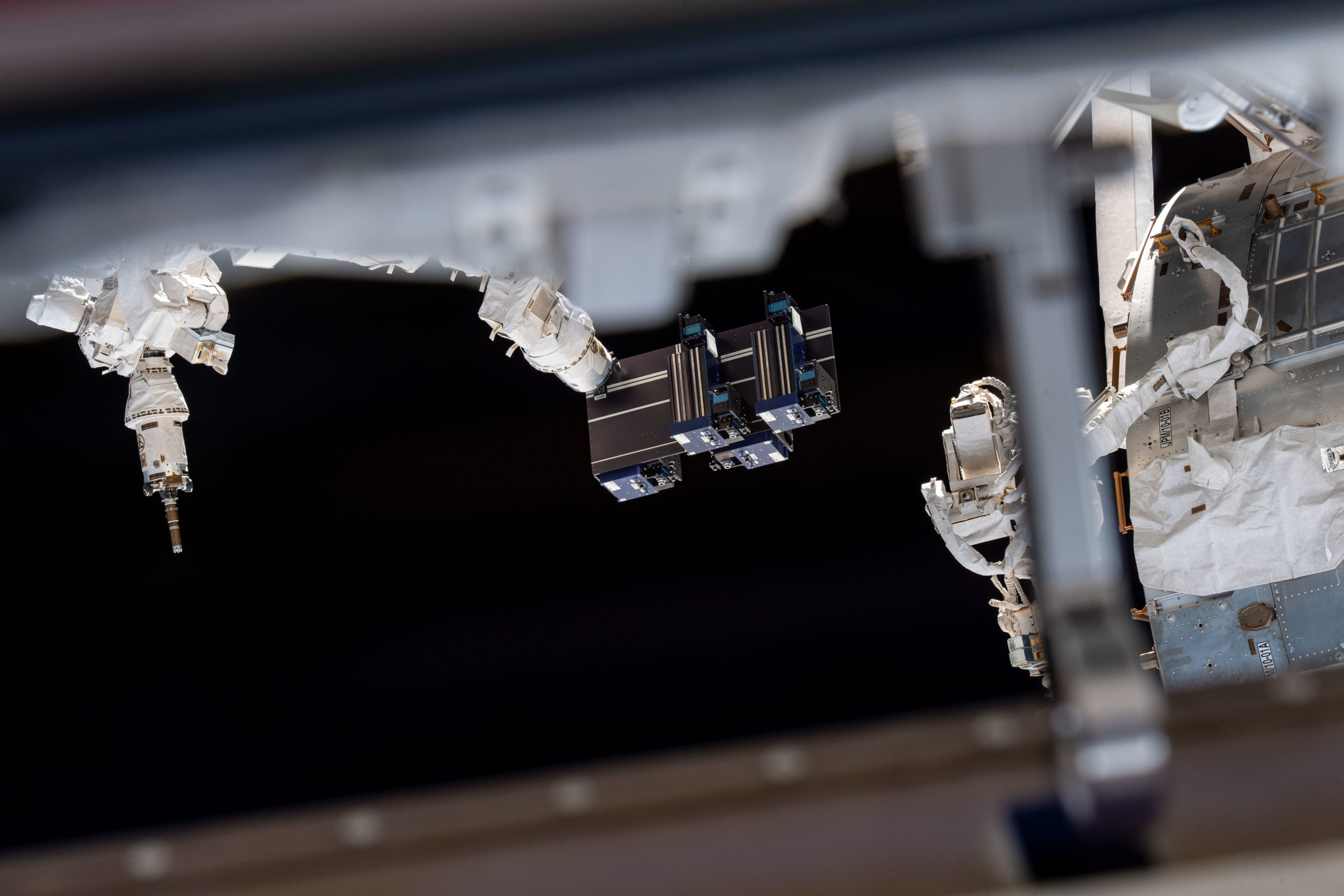More than two and a half years in, and with its basic building blocks largely in place, the Space Force is planning work to fine tune and “engineer” its own distinctive culture, Chief of Space Operations Gen. John W. “Jay” Raymond said Aug. 31.
Speaking in a livestreamed fireside chat with the Wilson Center, Raymond highlighted three priorities for the Space Force culture he wants.
“One, we want to have a warfighting culture. Two, we want to have a culture that is bold and innovative and can move at speed. Three, we want to have a culture that is a connected culture,” Raymond said.
The service has sought to define that culture with the release of its personnel strategy, “The Guardian Ideal,” and orientation courses. But Raymond acknowledged that he wasn’t sure “if we have it right yet” and instead emphasized that it will be a continuing process in the months and years ahead.
“It’s not something that just materializes. It’s not something that you can order on Amazon Prime and get it overnight,” Raymond said.
And it’s not something that Raymond wants to leave alone to develop as it will. Instead, he emphasized a deliberate approach that will take aspects from each of the services and “mold this culture for us.”
That approach includes work at an upcoming conference in October, he said, where Space Force leaders will meet and focus their efforts.
“Now that we’ve got the teams assembled and all the major muscle movements in place, and we know some of the first principles that we want to get after, now we’re going to look at how do you engineer that culture?” Raymond said. “What types of steps can we take to make sure that we just don’t put this on autopilot and we arrive somewhere, that we purposely move in that direction, figure out what’s important and then figure out how to engineer it.”
But while the USSF considers the mechanics of how to merge disparate cultures from across different services, it will also have personnel coming in from the civilian world with far different experiences.
That fact was highlighted during the fireside chat when Raymond spoke of the service’s very first direct commission of a civilian to become an officer.
“We just had our first ever direct accession from industry, where we brought a young officer … into the Space Force, going through OTS right now,” Raymond said. “And we brought her in as a first lieutenant based on experience that she had in industry. We have identified five others that will come in, everything from a first lieutenant all the way up to a lieutenant colonel, and so we’re going to do more of that as we progress forward as well.”
The Space Force’s direct commissioning program started this past spring with a Cyber Constructive Service Credit Board. More than 400 civilians applied, the service said in a press release, with 10 accepting commissions. However, only six spots were authorized to attend officer training school this year.
